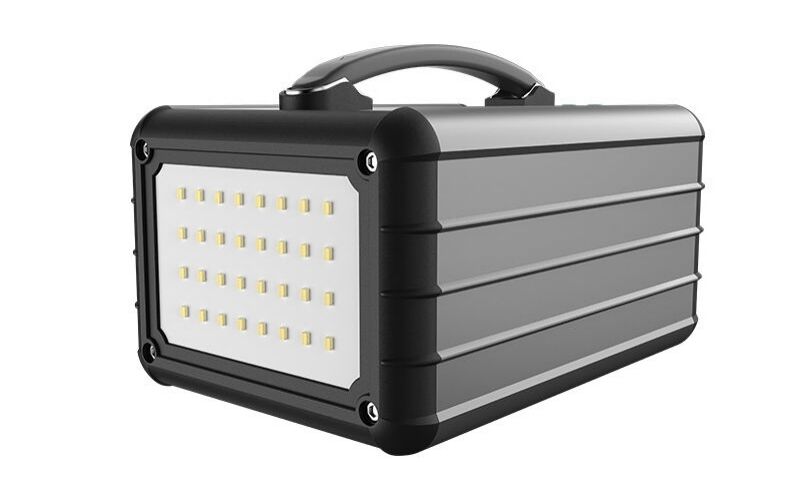To start with generators off the grid using portable solar power, you must determine your power needs first. Make a list of the appliances you plan to use, like laptops, smartphones, small fridges, and LED lights. Look at the power rating of each appliance and determine how long you will use each appliance per day. Calculate daily energy consumption in watt hours by multiplying the wattage with the hours it will be used during the day. Looking at your needs before will ensure you can choose the right powered generator and avoid generator overload. For example, a laptop that is 50 Watts will consume 200Wh in 4 hours of use, this figure should help you select your generator.

You can’t use all portable solar generators the same way for off the grid. Focus on three aspects: how many Wh the battery can hold, how efficient the solar input is, and how many output ports there are. To account for cloudy days, the Wh battery capacity should be larger than your total daily energy consumption. The charger’s solar input efficiency is what determines how quickly the generator charges from sunlight. For faster charging, choose models that can take higher wattage solar panels (like 100W or greater). The output ports should be sufficient: enough USB ports for small devices, AC outlets for larger ones (if needed), and DC ports for camping lights and other devices. If portability is essential, avoid solar generators that are too heavy or large, especially for off grid scenarios, when you plan to move them frequently.
How you position solar panels affects how well solar generators charge. First, set the panels where they receive the most direct sun—avoid shade cast by trees, buildings, and other objects, especially at midday. Angle the panels to face the sun: in the Northern Hemisphere, point them to the south, and in the Southern Hemisphere, point them to the north. You will need to change the angle depending on the time of year—panels will need to be at a steeper angle for winter, and a flatter angle will make it easier to collect sun in summer. Use the cables provided to connect the panels to the generator. Keep the connections secures to the solar panel generator to avoid losing charge—the generator may also take longer to charge if the cables are loose.
Setting up the solar panels is the first step. Then, start up the solar generator. You will find a simple switch, or it may have an easy to read screen where you can see how much charge is left. Devices can be connected and you start with the important ones first, to best manage power. Small devices, like a smartphone, can go into the generator’s USB slot, and bigger devices, such as a laptop, can go into the specified AC or DC port. Be careful, as high-wattage devices can over-stress the generator and lead to a forced shut-off. For instance, do not operate a 300W mini-fridge and a 200W laptop simultaneously, if the generator’s continuous output is only 400W.
Taking care of your portable solar power generator will ensure it continues working well while off-grid for many years. After every use, clean the solar panels with a soft cloth and water to get the dirt, dust, and leaves off. Dirty panels will absorb less sunlight and take longer to charge. When not in use, the generator should be stored in a cool dry area. Temperatures that are too hot or too cold can harm the battery. If you are planning not to use the generator for a while, it is a good idea to charge the battery to about 50% to conserve battery. This will help with battery preservation. Look for frayed cables and damaged ports. Replace damaged parts without delay. Lithium ion batteries are standard in these generators and should be replaced according to the manufacturer's guidelines. With proper care, these batteries can last 3 to 5 years.